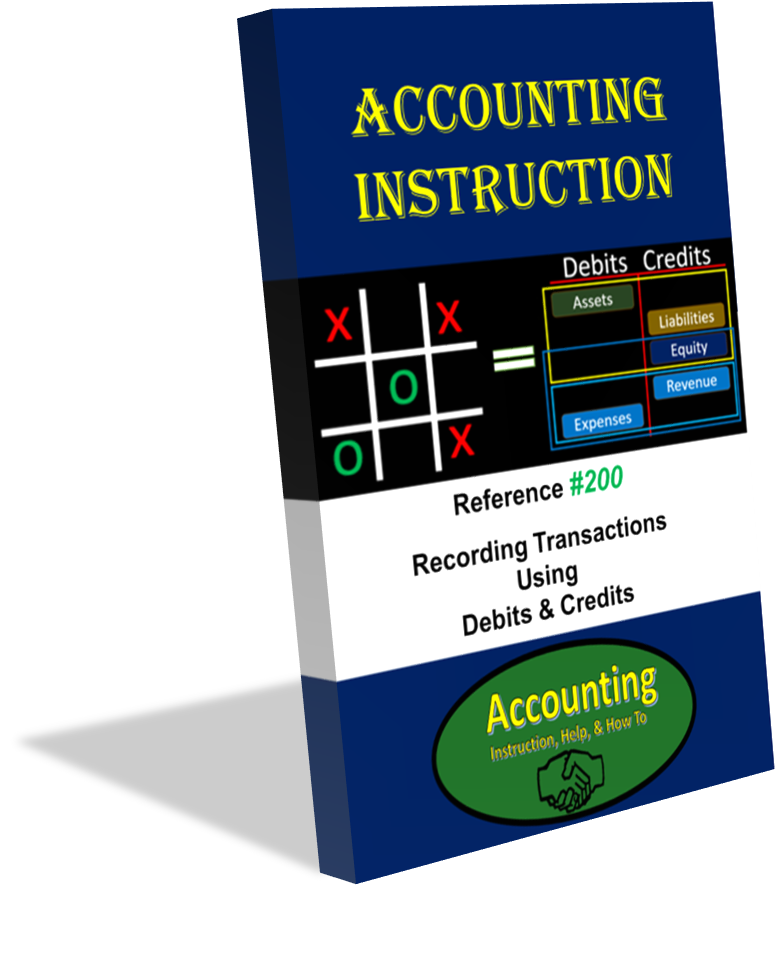Available Forms:
This book covers the heart of financial accounting, the building blocks of financial accounting, and the practical skills of recording transactions needed to build financial statements and understand how financial statements are built.
Although it is possible to read financial statements without a full understanding of how they are constructed, and it is possible to work in an accounting department performing accounting tasks including data entry, without fully understanding debits and credits, it is not possible to have a complete understanding of the financial statements or financial accounting without an understanding of transactions recorded using debits and credits. An understanding of how the system works is what provides an individual real value in today’s marketplace because it is understanding that is needed to fix problems and know when there are problems that need to be fixed.
Financial transactions recorded using debits and credits are the foundation for advanced financial accounting topics, a better understanding of debits and credits making advanced topics much easier to absorb.
The best way to learn how to record transactions using debits and credits is by doing, by working practical examples. This book will provide many practical examples and will provide links to free resources offering more examples and explanations including instructional videos, games, and discussion forums.
Before we jump into recording transactions we will cover a process for thinking about debits and credits, starting with a definition of debits and credits, followed by a systematic way to think through the recording of transactions. We will consider each account type including, assets, liabilities, equity, income, and expense accounts and discuss their normal balances, whether they have a debit or credit normal balance. We will start our recording of journal entries with those related to cash because they are the easiest to understand. We will then record transactions by cycle, commencing with the sales cycle and then the purchasing cycles. We will then include a comprehensive problem, recording transactions by date, posting transactions to the general ledger, and constructing a trial balance from the general ledger.
Our previous book, Accounting Instruction Reference #100, is recommended before advancing to this book but is not required. Accounting Instruction Reference #100 analyzes accounting transactions using the accounting equation and covers fundamental accounting terms and concepts.

